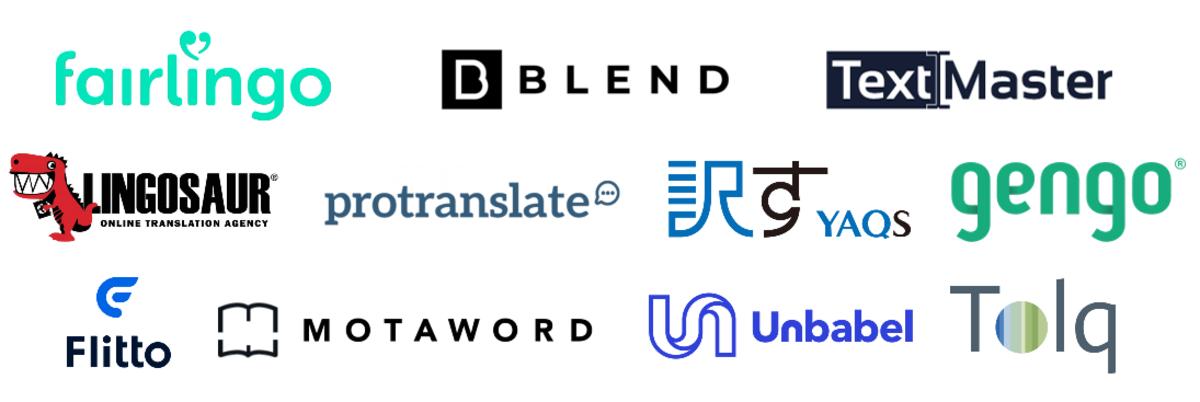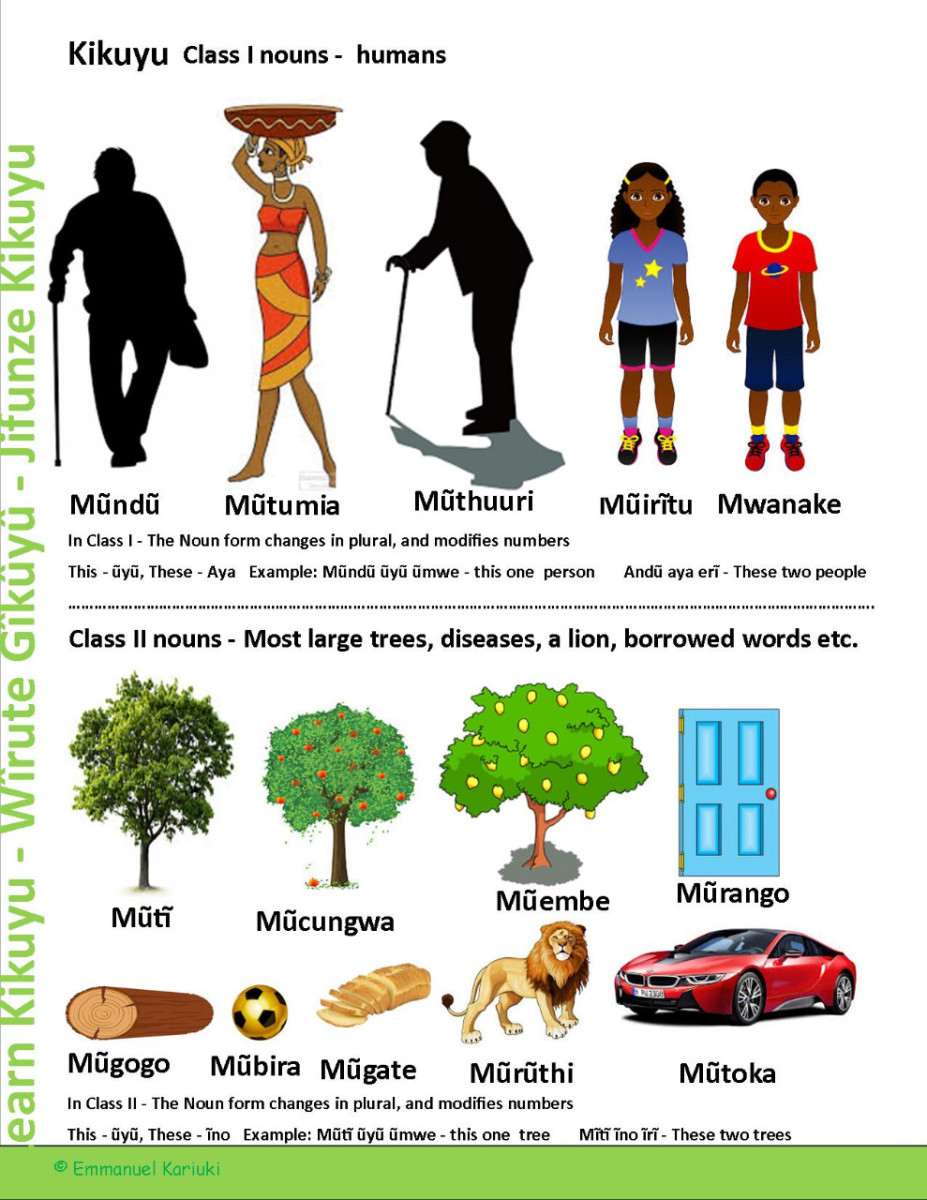What Makes a Good Translation?

What makes a really good translation?
Often this is a tricky question as most individuals have a notion that all it really takes to translate a material is a proficiency in the language, ideally at mother tongue level.
However, if you are one of those who have experienced watching a sub-titled film wherein you understand the original language, you have probably encountered moments of confusion as you read a sub-title that doesn’t quite capture the original feeling and intent being conveyed by the film.
If you have ever experienced such, that is exactly what defines a good translation: capturing not just the right words but the emotional intent of what is being said. A good translation is not just about selecting words. It is the critical choice of word, which captures the nuance of the moment, which spells the difference between “I have strong negative feelings about you”, and “I hate your guts and I hope you die a painful death”.
A good translation for me may not be a good translation for you...
In artistic and creative fields, for example, the impact of a film or say a novel on its audience, specially if it is a foreign one, is highly reliant on the choice of authentic sub-titling that captures the emotional nuances of a script. One can only imagine perhaps, a few films who may have lost out on the Palme D’Or at Cannes because the sub-titling did not quite match the depth of feeling and spectacle that was unfolding visually.
Even in creative sectors that deal with more day-to-day communication such as describing television program concepts for selling across markets or advertising a shampoo brand worldwide, the emphasis on capturing a translation that will appeal to the desired audience demographic is further highlighted.
Granted, there are cases and sectors where these considerations are totally absent – in technical translations, such as laboratory protocols, engineering specifications, and automobile parts manufacturing. However, in most cases, there is still a strong need to construct and identify the right cultural context to capture the real meaning of the original source material.

The right Filipino word for 'rice'? Well, it depends...
An experienced Tagalog translator will know that there are several Filipino words for “rice” depending on whether you are describing it raw, cooked, the rice grain variety and the extent to which the grains have been milled. Raw rice in general is called “bigas” while hot, cooked boiled rice is called “kanin”. Cooked rice that has cooled down is called “kaning-lamig” which is used for fried rice called “sinangag”. “Sinangag” cannot be called “kanin” even if the former is also cooked rice as it has gone an extra step i.e. being flash fried in a pan after being boiled. Rice that is cooked to porridge like state is called “Lugaw” which can never be described as “Kanin” even if both undergo the boiling process, as its grains are very broken down to a mush state. “Bibingka” means rice-cake which is made from “Malagkit” a kind of rice grain specifically used for sweet/[pudding type recipes which is in no way interchangeable with “bigas” the variety for boiled rice that accompanies savoury dishes.
A good translator doesn't just blindly translate
Knowing such kinds of context as in the above translation for rice comes into play for example when translating ingredients for labelling. The wrong context for an ingredient such as sugar, fish sauce or rice depending on their usage in a recipe could actually lead to a product not being able to launch in a market if the ingredients listing unwittingly runs into disapproval from the local food registration authority.
To this end, it is worthwhile to note that the best translations are often the ones where the translator has read between the lines. A good translator isn’t just about identifying words that literally translate a material. They should also be experts at capturing the psychological nuances of communication. In effect, they are also cultural literati who will ensure your material will never lose its impact, no matter the market.






